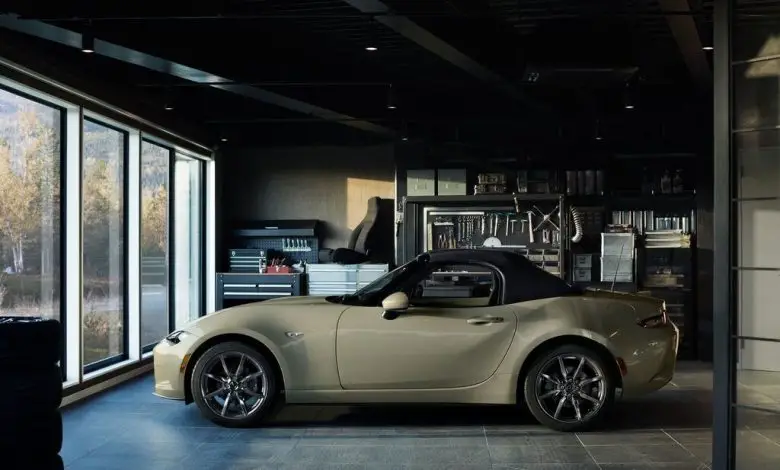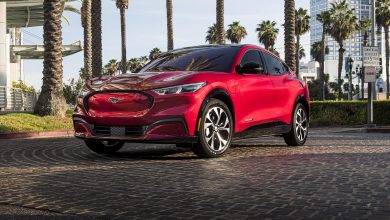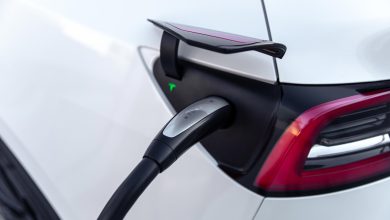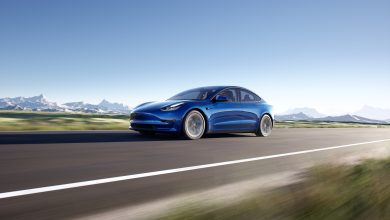Mazda Unveils Three-Phase Strategy Towards Electrification By 2030
EV NewsMazda's goal is to be at 100% EVs by 2030

On Tuesday, November 22, 2022, Mazda Motor Corporation unveiled a three-phase strategy that will see the company prioritize electrification over internal combustion engines (ICE) leading up to 2030. Part of the plan showed that the company and its suppliers will invest 1.5 trillion yen ($10.6 billion) for the expansion of its electric vehicles roadmap.
According to the company, EVs will account for 25% to 40% of its sales globally by 2030. During a press briefing on Tuesday, Akira Koga, the senior managing executive hinted that part of the investment will go to Mazda suppliers’ facilities without disclosing how much.
Mazda’s roadmap will come in three phases
Akira Marumoto, the CEO of Mazda has broken down the company’s path to electrification into three phases. The first phase starts immediately and will run until 2024. In the first phase, the automaker will focus on strengthening its technology through research and development as it prepares for full electrification.
The company will also explore ways to put the business on a growth trajectory that will ensure a solid financial base that can withstand another economic crisis like the one instigated by the coronavirus pandemic.
According to Marumoto, the second part of phase two will run from 2025 to 2027. Within this time, the company should start the introduction of new EV models and batteries into the market.
To actualize this goal, Mazda is collaborating with Envision AESC Group, a Chinese-owned EV battery maker, to guarantee the availability of batteries in its Japanese plant for increased EV production during this phase.
The third phase which will kick off between 2028 and 2030 will witness the full-scale launch of all-electric vehicles by Mazda. However, Marumoto left out details on the investment timeline saying it will be dictated by how soon the popularity of EVs explodes.
Mazda joins a growing list of automakers investing big in batteries
Mazda’s interest in EV batteries is coming on the heels of similar interest from other automakers like Toyota Motor Corporation. Earlier in August 2022, Toyota revealed that it would inject about $7.94 billion across the United States and Japan for the production of EV batteries.
At about the same period, Honda Motor Company also said it would collaborate with LG Energy Solution, a Korean battery supplier for the building of a $6.63 billion lithium-ion EV battery plant in the United States.
Building a strong partnership to support EV future
Mazda has entered into multiple partnerships to support its EV future. The partnerships with Japanese companies and research projects related to electric vehicles are geared towards the development of local industry, promoting innovation, and stimulating the local economy.
One of the projects that Mazda is partnering with is Rohm Co and Imasen Electric Industrial for the development of inverters with silicon-carbide power semiconductors—which is a key component of an electric drive unit. In a separate 50:50 partnership with Mazda, Imasen will develop inverters and technologies for the production of components like circuit boards.
A similar multilateral corporation called MHHO Electric Drive unites Hirotec Corporation, Hiroshima Aluminum Industry, and Ondo Corporation for the development of high-efficiency motor production technology.
The third partnership will bring Chuo Kaseihin, Fukuta Electric & Machinery, and Mazda together for the development of novel motor technologies. According to Mazda, the multiple partnerships will make the development of “compact, high-performance electric drive units with high-efficiency levels,” possible.
Mazda teases a sports car concept
In addition to unveiling its three-phase electrification strategy, Mazda also teased the “Vision Study Model”, an out-of-the-usual coupe concept that will transform the future of two-seater sports car designs.
In 2021, Mazda told Car and Driver that the next-gen Miata will have some form of electrification. That would naturally suggest a hybrid. However, it will not be surprising to see an all-electric Miata by the end of the decade. The concept car has a butterfly door that opens into a cozy interior, a feature that is unlikely to be present if the concept goes into mass production.
Other dramatic features of the coupe include a wide hip, bulging fenders, and a low cowl which also feature in the current ND Miata. The front of the concept protrudes, giving the car a shark-like appearance with the lighted Mazda logo mounted on the grille.
It is still likely that the Vision Study Model may never become a reality. In 2017, Mazda also teased a four-door Vision concept. However, that has not come to fruition to date, although its styling rubbed off on the brand’s future design language. Perhaps, the Vision Study Model will do the same.




